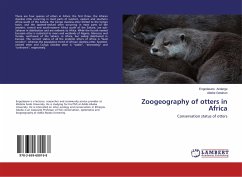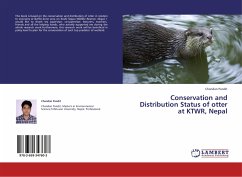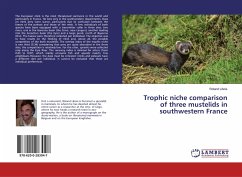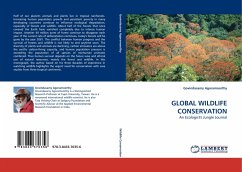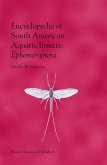There are four species of otters in Africa; the first three, the African clawless otter occurring in most parts of western, eastern and southern Africa south of the Sahara, the Congo clawless otter limited to the Congo basin, and the spotted-necked otter occurring in most parts of the western, central and south-eastern Africa south of the Sahara; are sub-Saharan in distribution and are endemic to Africa. While the fourth named Eurasian otter is restricted to rivers and wetlands of Algeria, Morocco and Tunisia, northwest of the Sahara, in Africa, but widely distributed in Europe. The current status of all the endemic otters of Africa is "least concern", whereas the population trend of African clawless otter, Spotted-necked otter and Congo clawless otter is "stable", "decreasing" and "unknown", respectively.
Bitte wählen Sie Ihr Anliegen aus.
Rechnungen
Retourenschein anfordern
Bestellstatus
Storno

